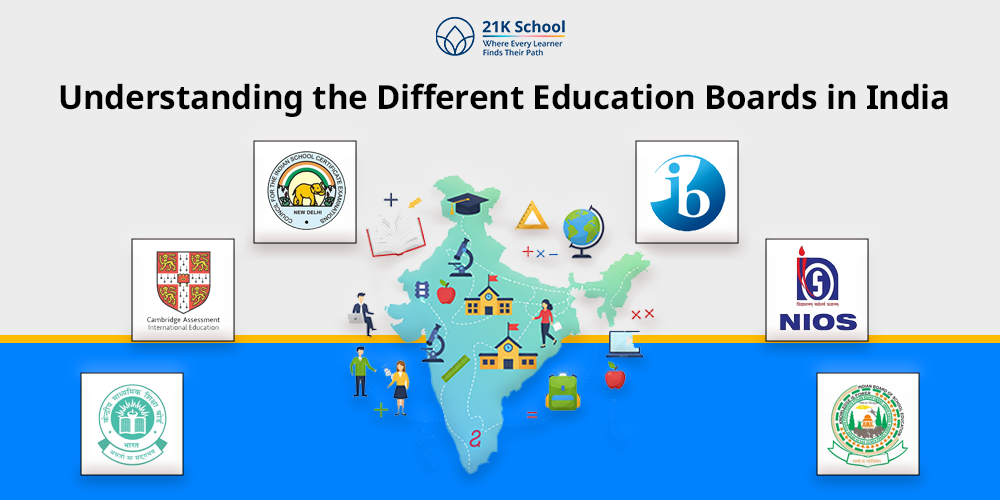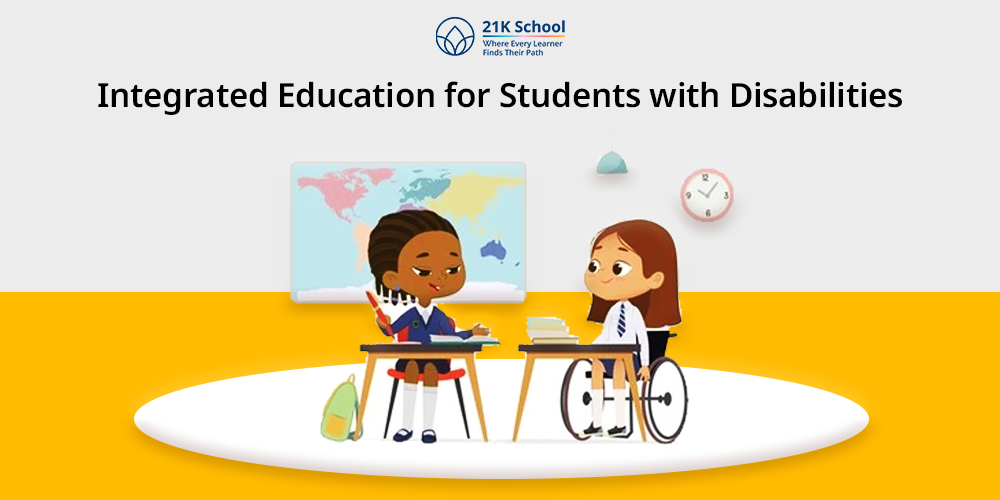
Every child has the right to learn, grow, and thrive in an environment that values them for who they are. For students with disabilities, this right often comes with extra barriers—physical, emotional, or societal.
However, education systems worldwide are moving towards a more inclusive approach, and integrated education is at the heart of that change.
Integrated education promotes the idea that children with disabilities should not be separated but should instead learn alongside their peers in mainstream classrooms.
It’s about more than just proximity; it’s about participation, equal opportunity, and respect for diversity.
Contents
- What Is Integrated Education for Students with Disabilities?
- Why Integrated Education Matters for Students with Disabilities
- Key Components of Integrated Education
- Core Principles of Integrated Education
- Key Benefits of Integrated Education
- Common Challenges Faced in Integrated Classrooms
- Examples of Integrated Education for Students with Disabilities
- Effective Teaching Strategies for Inclusive Classrooms
- Success Stories and Real-Life Examples
- Final Thoughts: Creating a Truly Inclusive Environment
What Is Integrated Education for Students with Disabilities?
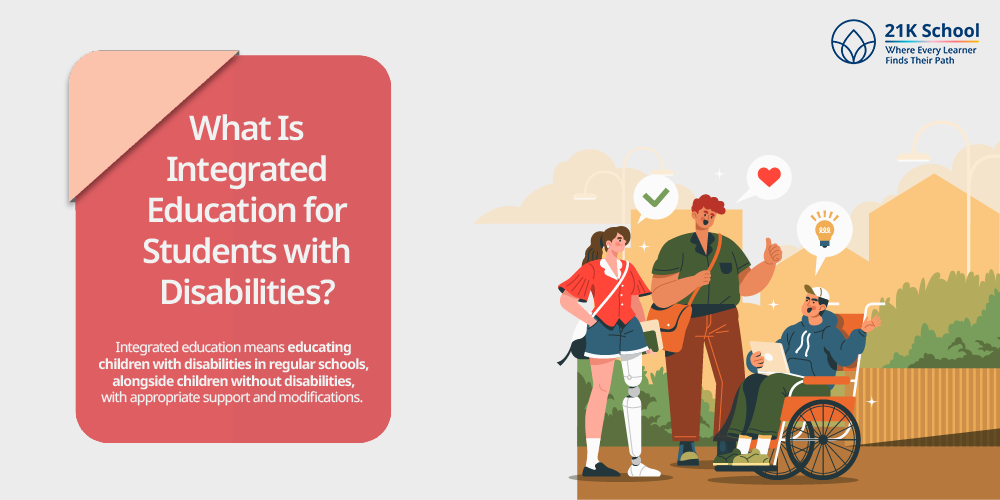
Integrated education means educating children with disabilities in regular schools, alongside children without disabilities, with appropriate support and modifications.
It does not mean placing students in a class without any assistance. Instead, it ensures they receive the help they need, whether that’s through curriculum adjustments, teaching aids, or trained support staff.
This model stands in contrast to traditional special education , which often isolates children in separate environments.
Integrated education believes that children of all abilities benefit from learning together. It’s a step towards inclusive classrooms , where diversity is seen as a strength, not a challenge.
Why Integrated Education Matters for Students with Disabilities
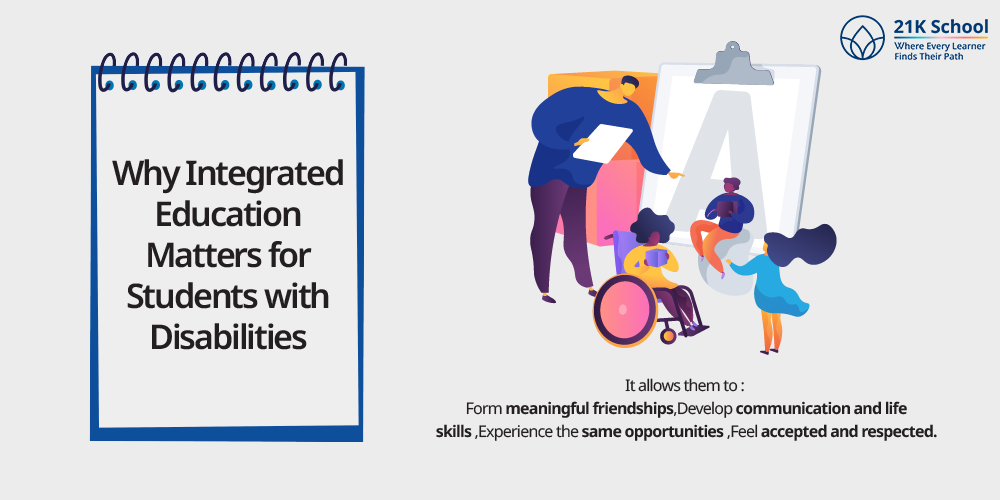
For students with disabilities, attending school with their peers opens doors to more than just academic knowledge. It allows them to:
- Form meaningful friendships and social connections.
- Develop communication and life skills in real-world settings.
- Experience the same opportunities and challenges as their peers.
- Feel accepted and respected, which builds confidence and self-worth.
When schools practice integration, they’re not just helping disabled students adapt; they’re helping all students learn acceptance, patience, and empathy. Integrated education breaks stereotypes and normalises diversity from a young age, laying the foundation for a more inclusive society.
Key Components of Integrated Education
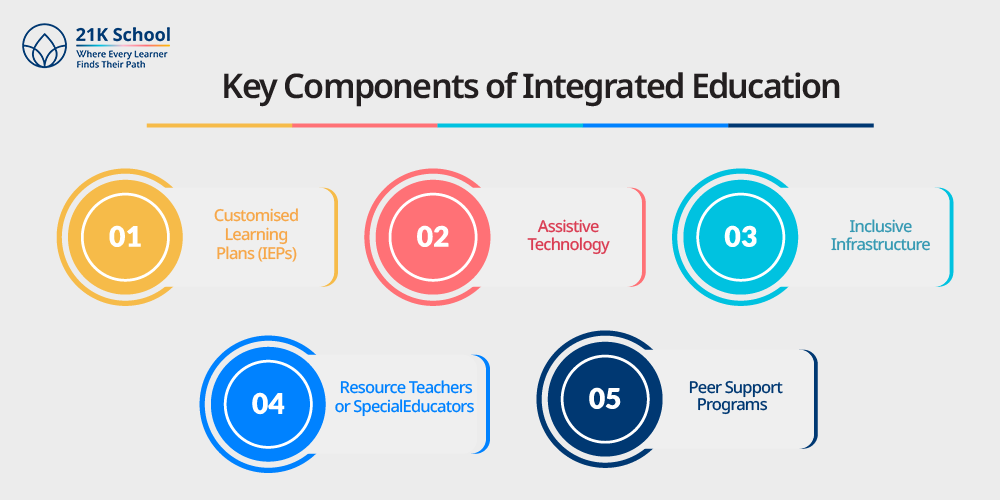
To work effectively, integrated education needs several crucial elements:
1. Customised Learning Plans (IEPs)
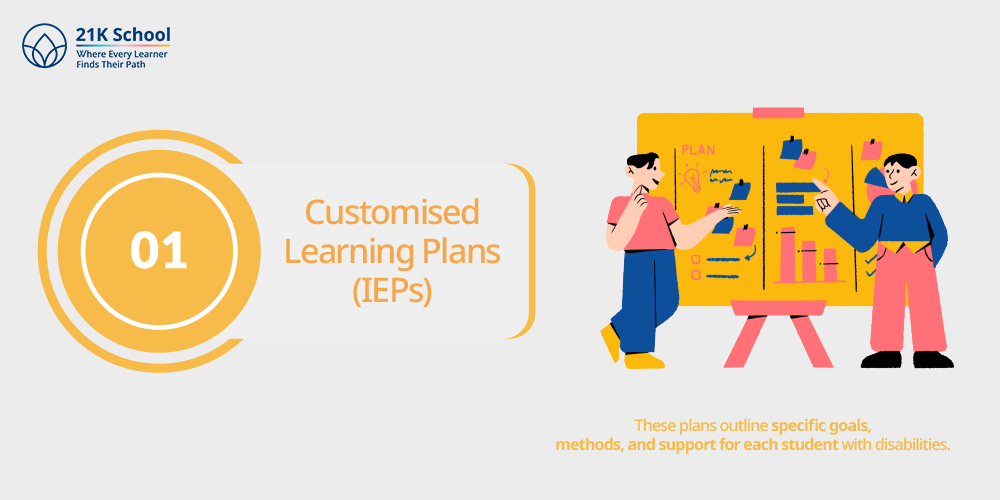
These plans outline specific goals, methods, and support for each student with disabilities.
2. Assistive Technology
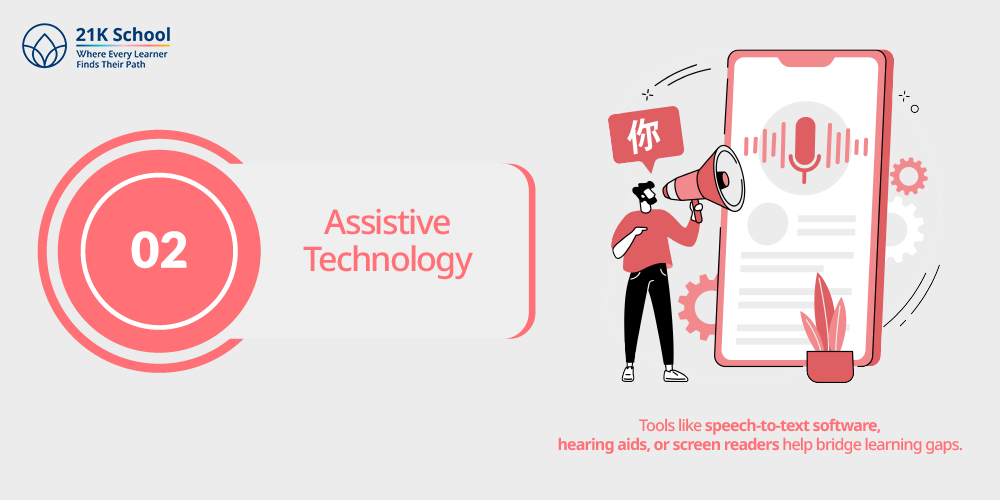
Tools like speech-to-text software, hearing aids, or screen readers help bridge learning gaps.
3. Inclusive Infrastructure

Ramps, lifts, accessible toilets, and classroom layouts that support mobility and comfort.
4. Resource Teachers or Special Educators

These professionals provide targeted support and help modify the curriculum.
5. Peer Support Programs
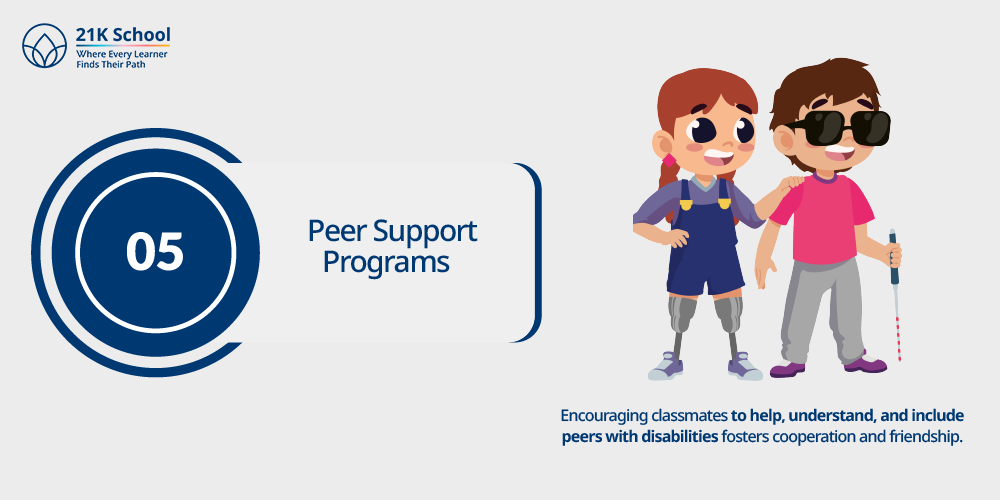
Encouraging classmates to help, understand, and include peers with disabilities fosters cooperation and friendship.
Core Principles of Integrated Education
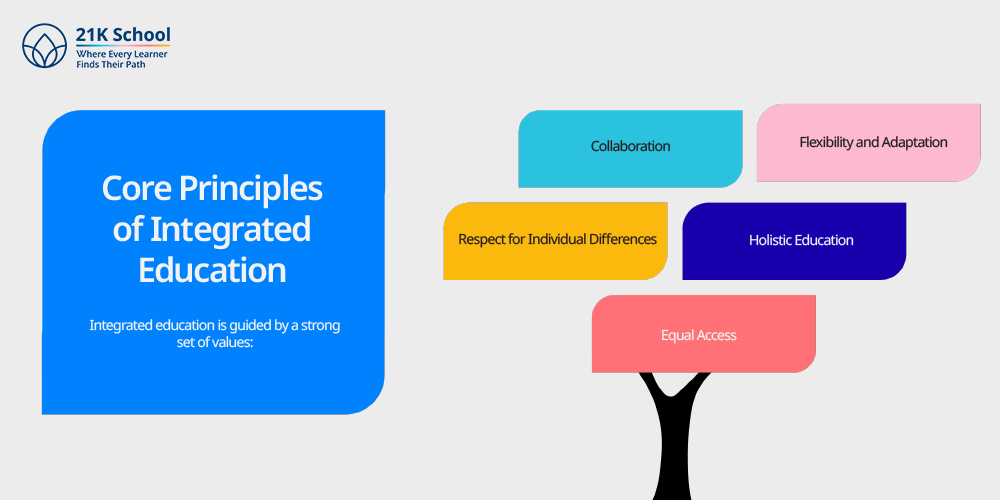
Integrated education is guided by a strong set of values:
1. Equal Access
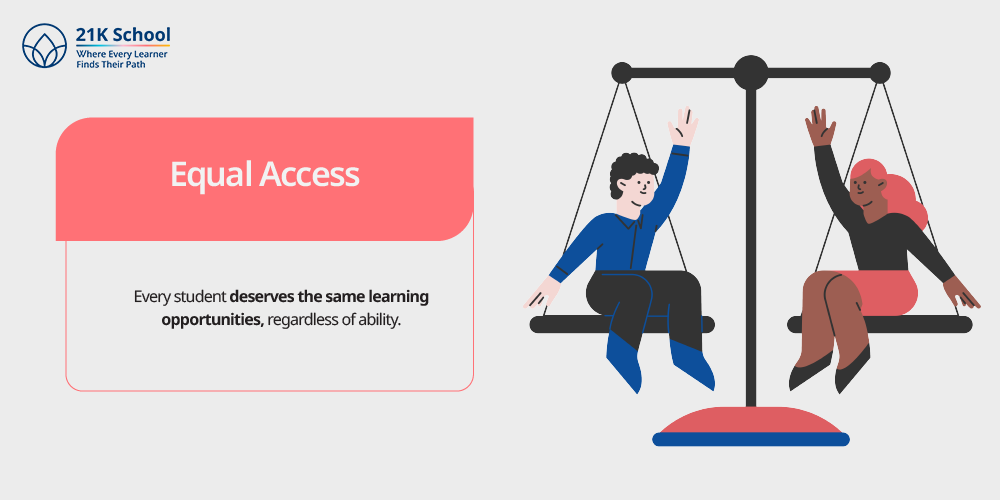
Every student deserves the same learning opportunities, regardless of ability.
2. Respect for Individual Differences
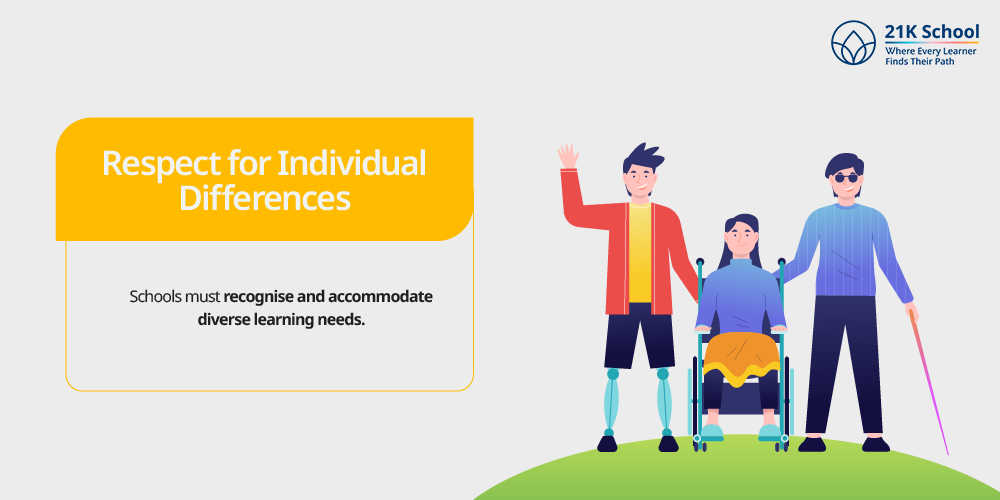
Schools must recognise and accommodate diverse learning needs.
3. Holistic Education
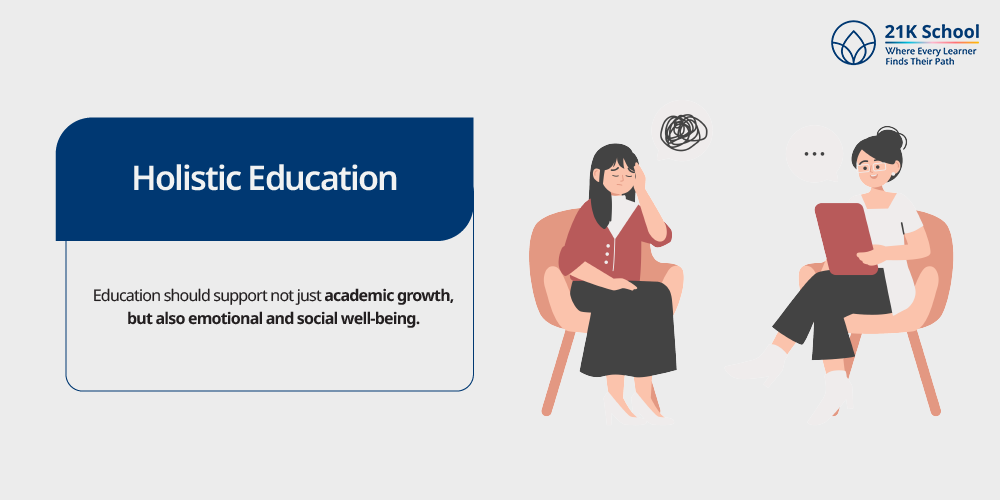
Education should support not just academic growth, but also emotional and social well-being.
4. Collaboration
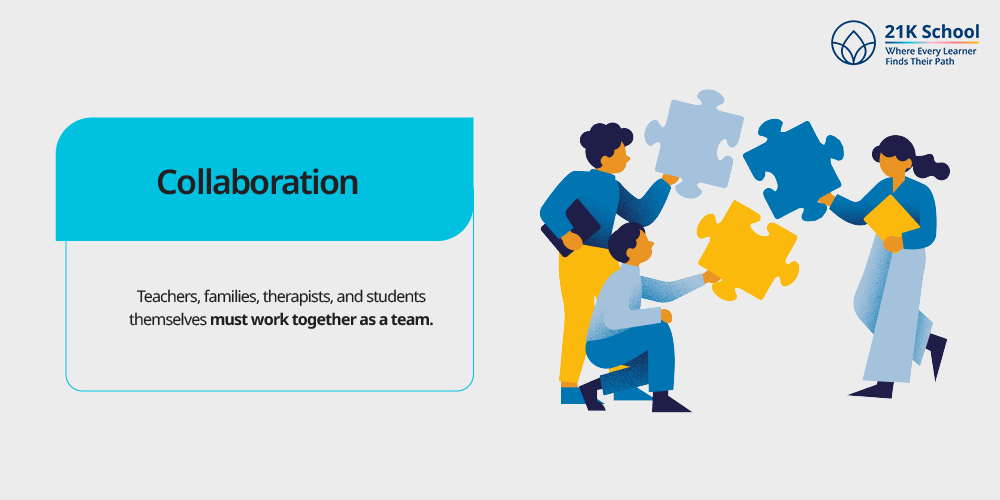
Teachers, families, therapists, and students themselves must work together as a team.
5. Flexibility and Adaptation
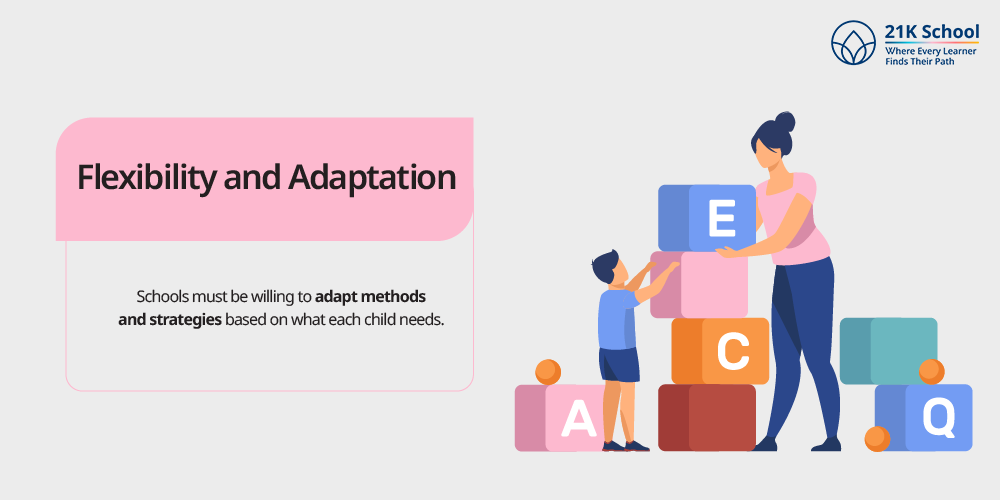
Schools must be willing to adapt methods and strategies based on what each child needs.
Key Benefits of Integrated Education
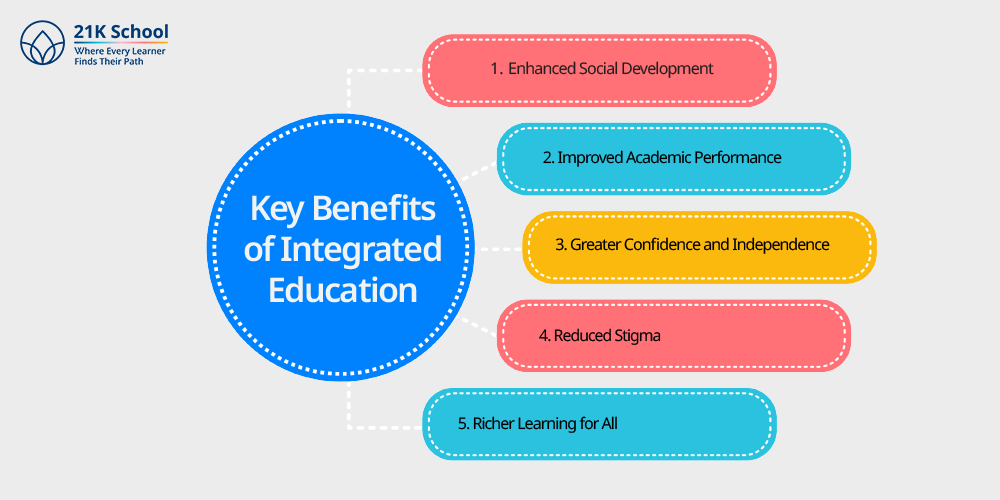
Integrated education creates positive ripple effects for all students, not just those with disabilities:
1. Enhanced Social Development
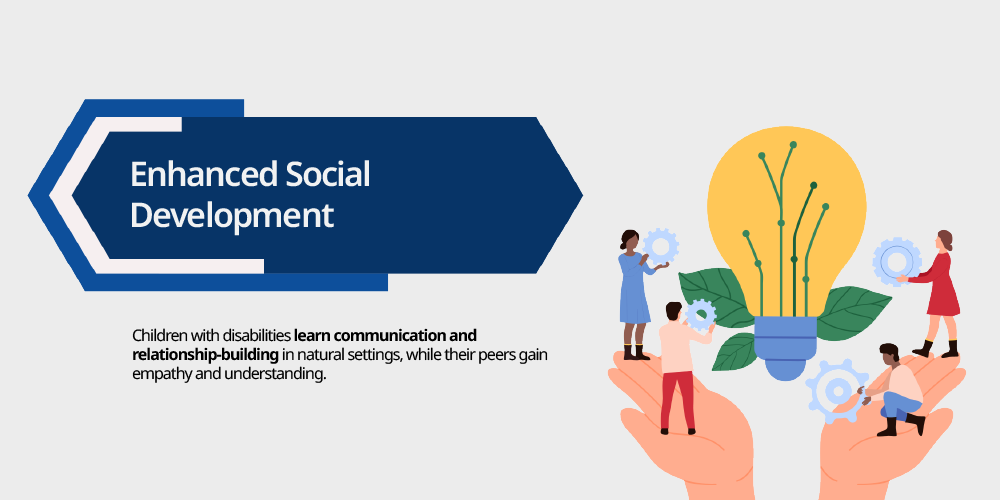
Children with disabilities learn communication and relationship-building in natural settings, while their peers gain empathy and understanding.
2. Improved Academic Performance
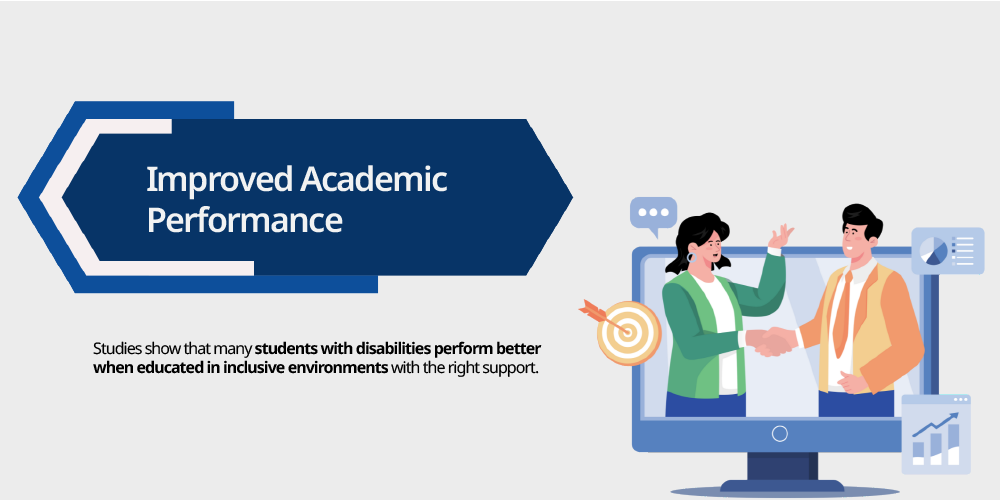
Studies show that many students with disabilities perform better when educated in inclusive environments with the right support.
3. Greater Confidence and Independence
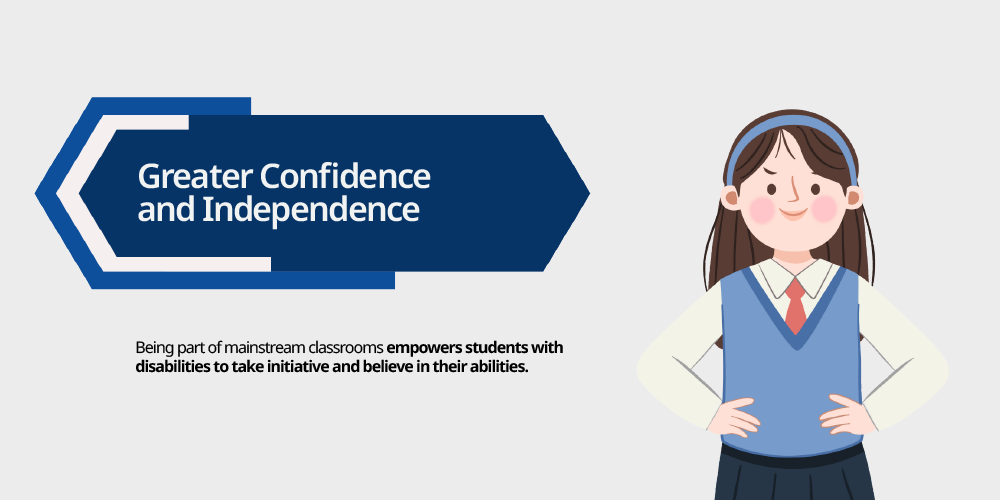
Being part of mainstream classrooms empowers students with disabilities to take initiative and believe in their abilities.
4. Reduced Stigma
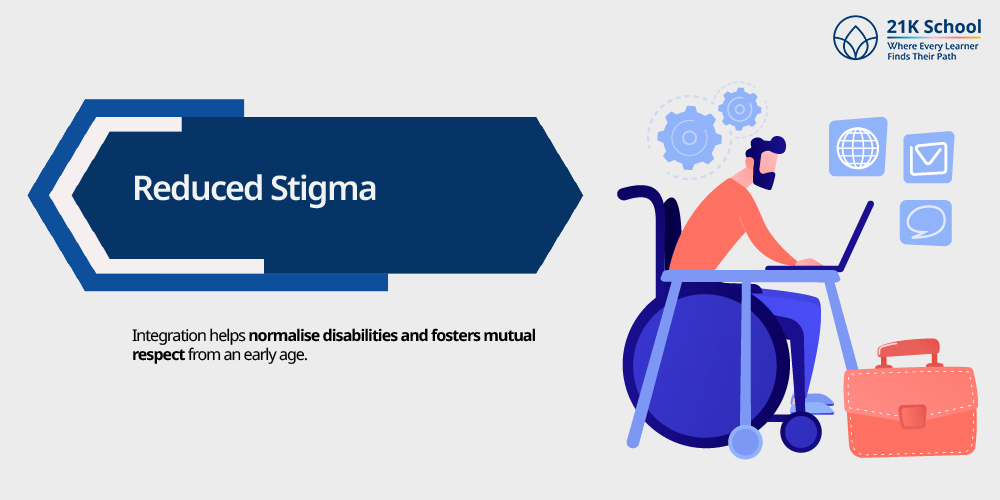
Integration helps normalise disabilities and fosters mutual respect from an early age.
5. Richer Learning for All
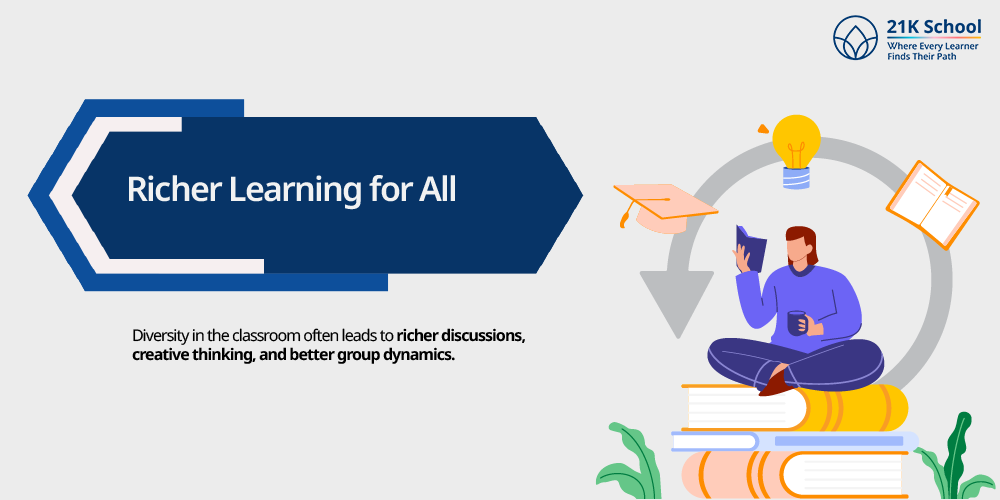
Diversity in the classroom often leads to richer discussions, creative thinking, and better group dynamics.
Common Challenges Faced in Integrated Classrooms
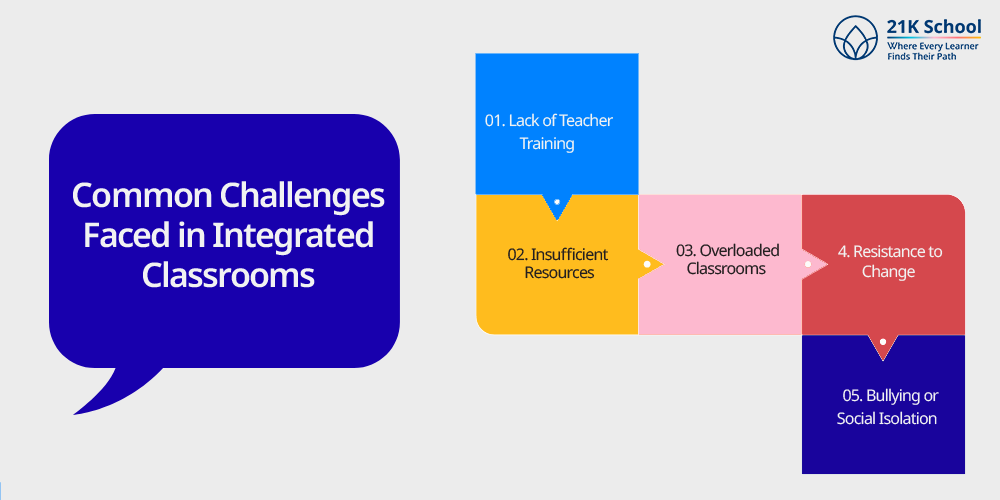
While integrated education brings many rewards, it also comes with challenges that need to be acknowledged:
1. Lack of Teacher Training
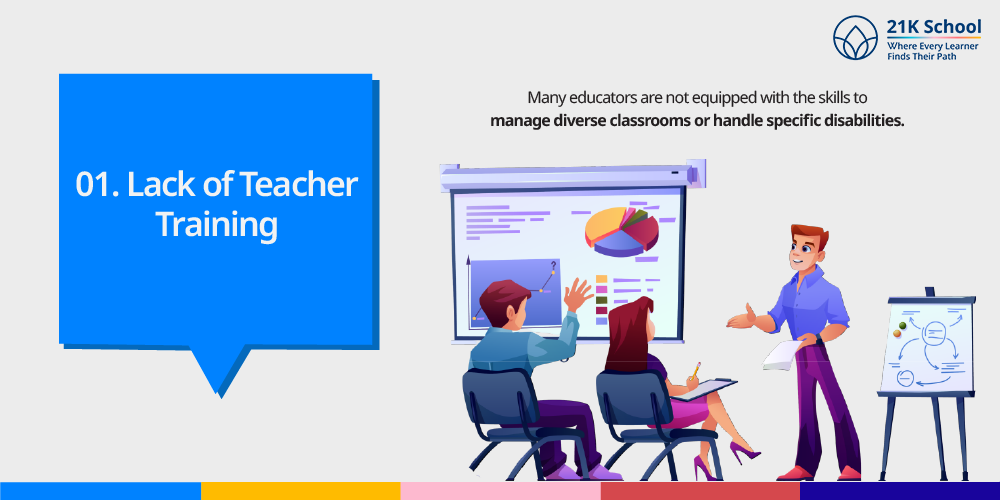
Many educators are not equipped with the skills to manage diverse classrooms or handle specific disabilities.
Learn how teachers can help students learning disabilities
2. Insufficient Resources
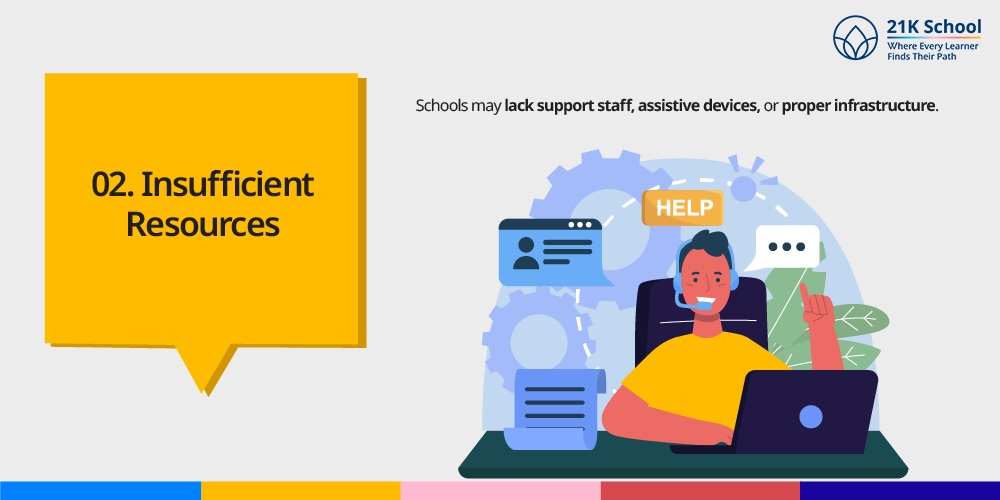
Schools may lack support staff, assistive devices, or proper infrastructure.
3. Overloaded Classrooms
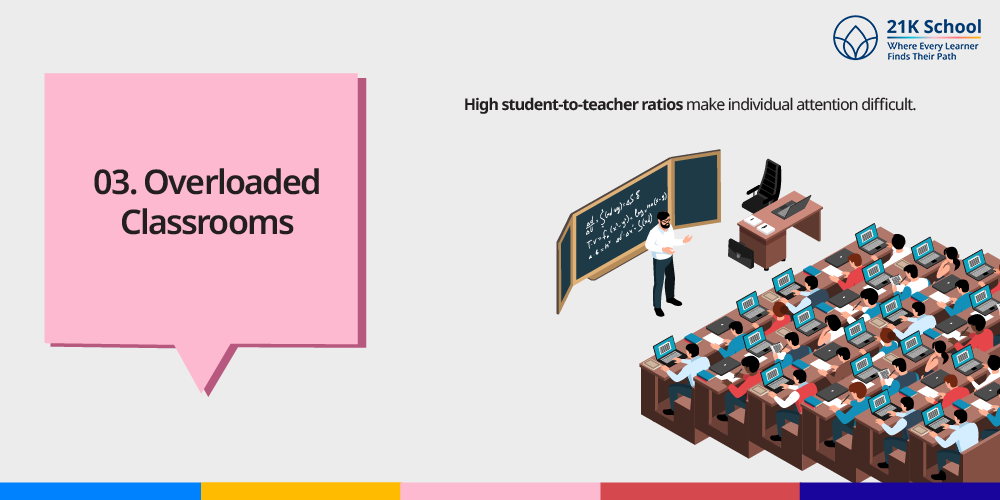
High student-to-teacher ratios make individual attention difficult.
4. Resistance to Change
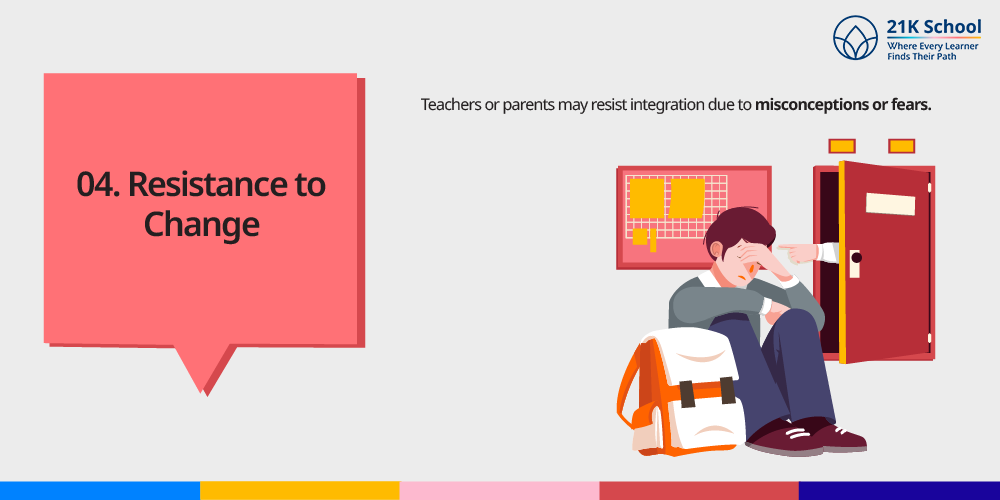
Teachers or parents may resist integration due to misconceptions or fears.
5. Bullying or Social Isolation
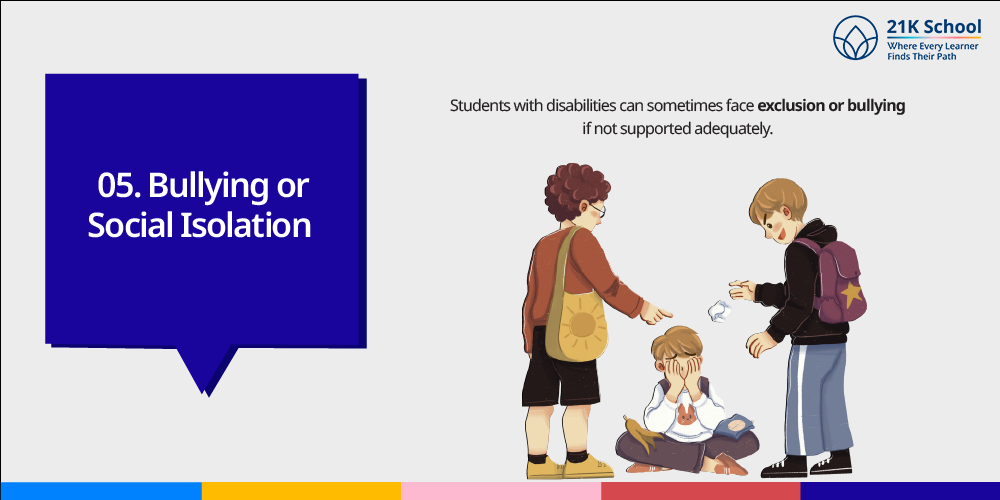
Students with disabilities can sometimes face exclusion or bullying if not supported adequately.
Examples of Integrated Education for Students with Disabilities

Integrated education is already transforming lives around the world. Here are a few noteworthy examples:
- The Sarva Shiksha Abhiyan (SSA) in India includes provisions to bring children with special needs into regular schools with appropriate aids and support.
- Finland’s education system incorporates all children into the same schools, offering individualised learning plans and support services within mainstream settings.
- CBSE and ICSE boards in India allow special accommodations for students with disabilities during exams, such as extra time, scribes, or modified question papers.
- Inclusive classrooms in urban centres like Bengaluru and Delhi are adopting co-teaching models where special educators support general teachers.
- UNESCO’s inclusive education guidelines are being used globally to support the inclusion of children with disabilities in mainstream education.
Effective Teaching Strategies for Inclusive Classrooms
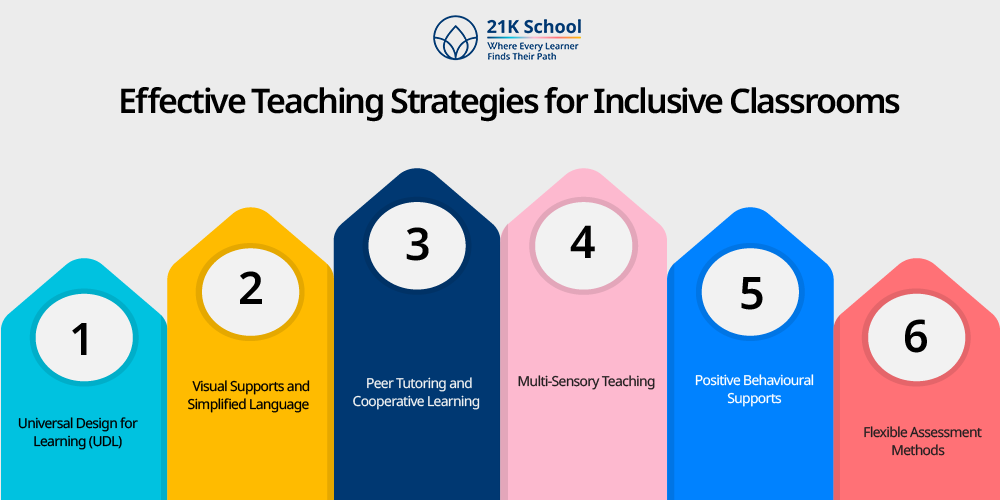
Teachers play a key role in making integrated education successful. Here are some effective strategies that help support all learners:
1. Universal Design for Learning (UDL)
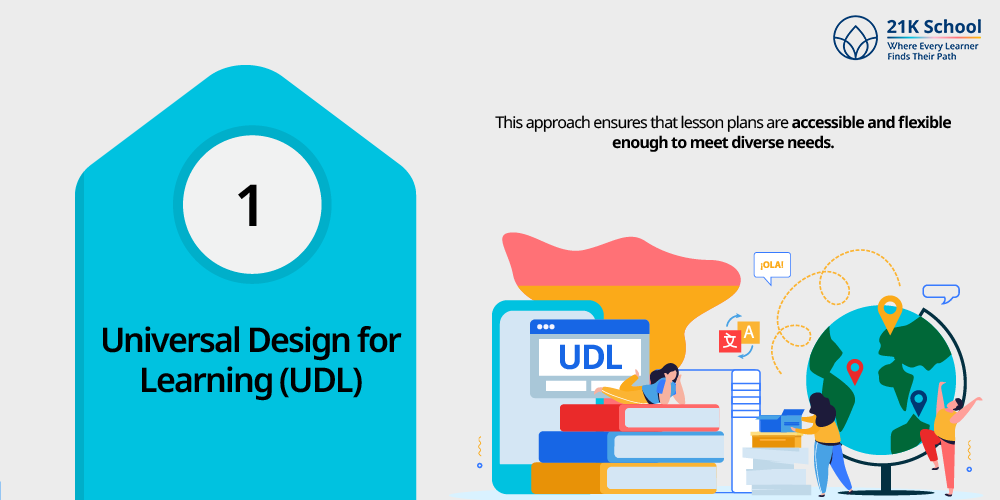
This approach ensures that lesson plans are accessible and flexible enough to meet diverse needs.
2. Visual Supports and Simplified Language
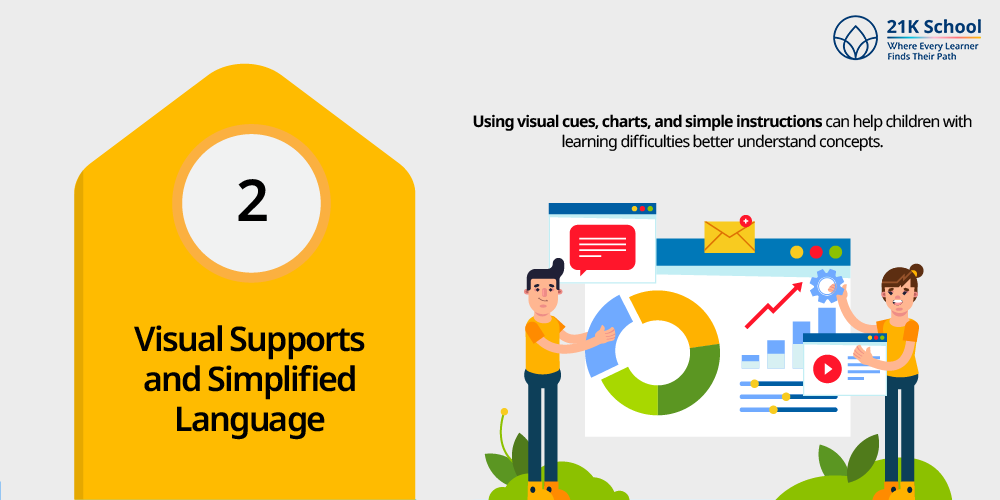
Using visual cues, charts, and simple instructions can help children with learning difficulties better understand concepts.
3. Peer Tutoring and Cooperative Learning
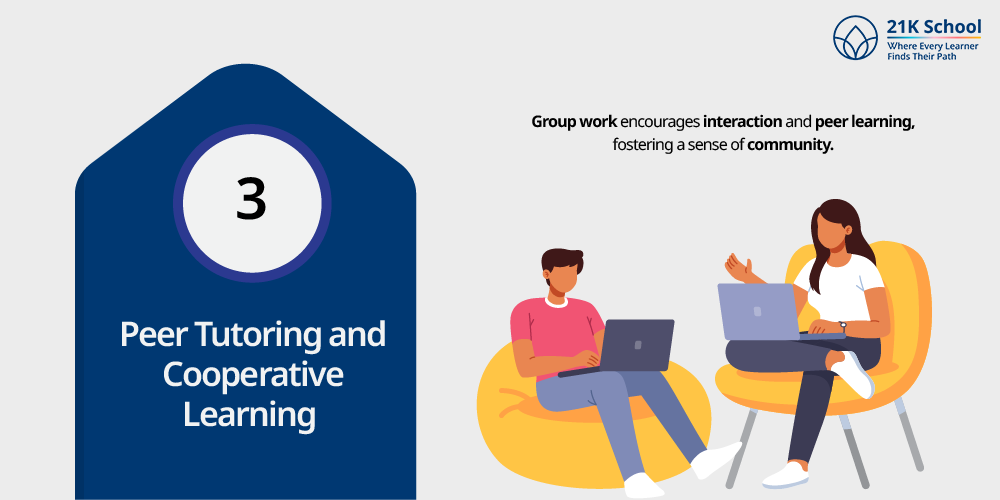
Group work encourages interaction and peer learning, fostering a sense of community.
Also read about the benefits of cooperative learning
4. Multi-Sensory Teaching
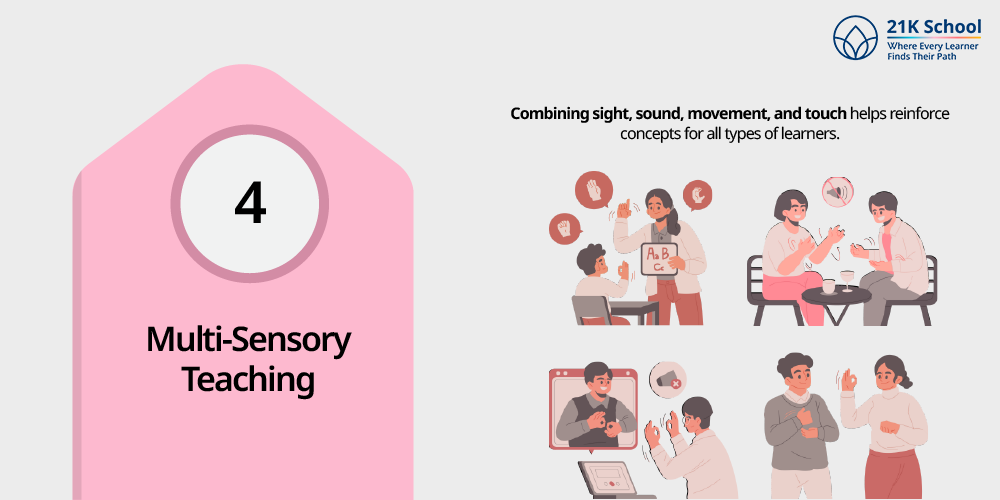
Combining sight, sound, movement, and touch helps reinforce concepts for all types of learners.
5. Positive Behavioural Supports
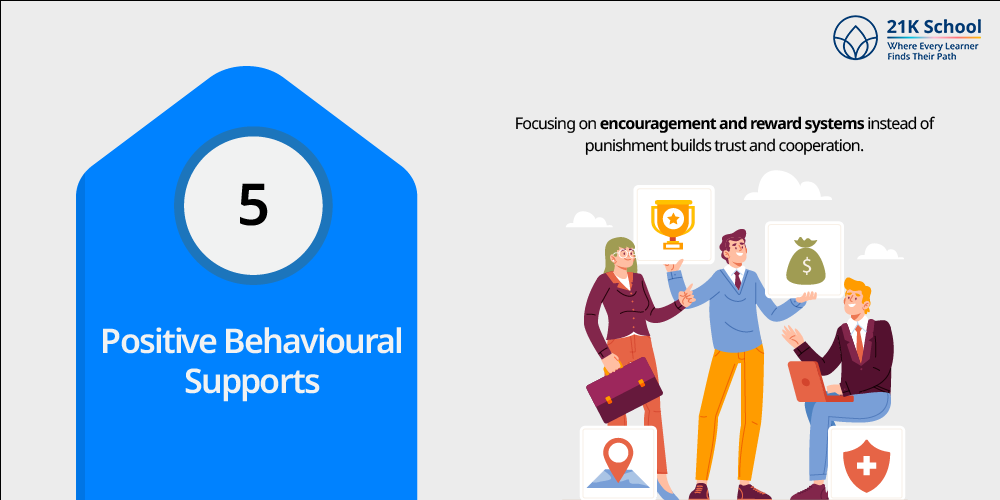
Focusing on encouragement and reward systems instead of punishment builds trust and cooperation.
6. Flexible Assessment Methods
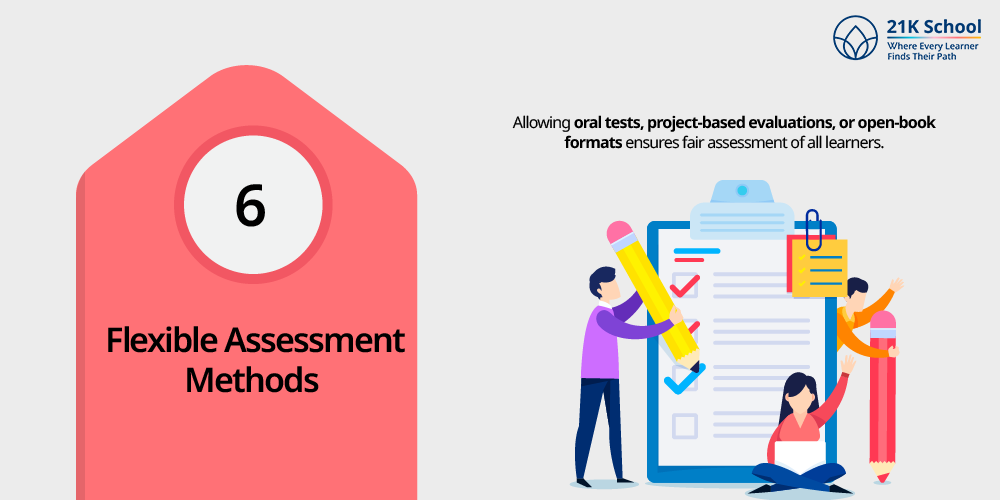
Allowing oral tests, project-based evaluations, or open-book formats ensures fair assessment of all learners.
Explore project-based learning for students with special needs
Success Stories and Real-Life Examples

Nothing speaks louder than real-life success:
- A school in Hyderabad integrated a child with a hearing impairment into its mainstream curriculum. With the help of a speech therapist and visual learning aids, the child excelled academically and even became a class monitor.
- In Pune, a visually impaired girl learned alongside sighted students using Braille textbooks and screen-reading software. She later won a national essay competition.
- A boy with autism in Kolkata was initially non-verbal, but regular classroom interaction, support from a resource teacher, and inclusion in group activities helped him begin to communicate and actively participate.
Final Thoughts: Creating a Truly Inclusive Environment
Integrated education for students with disabilities is more than a model; it’s a movement toward fairness, empathy, and equality.
It challenges schools to become more adaptable, teachers to become more creative, and society to become more compassionate and accepting.
Inclusion does not mean lowering standards. It means rethinking education so that every child, no matter their ability, has a chance to succeed. When we open the doors of our classrooms to all, we don’t just change one child’s future; we reshape the world.



